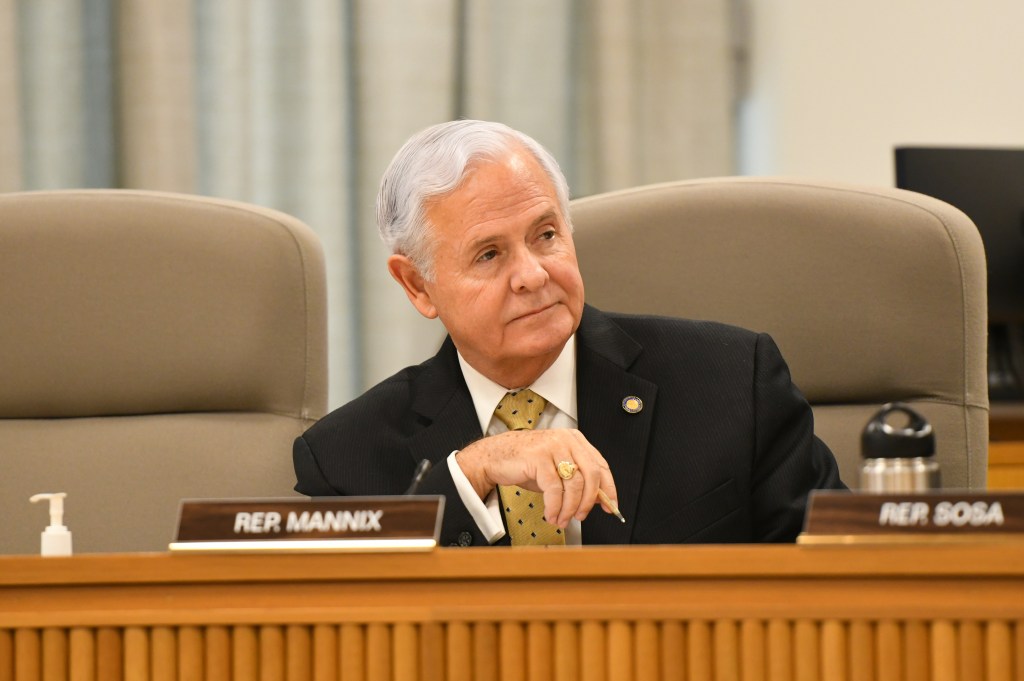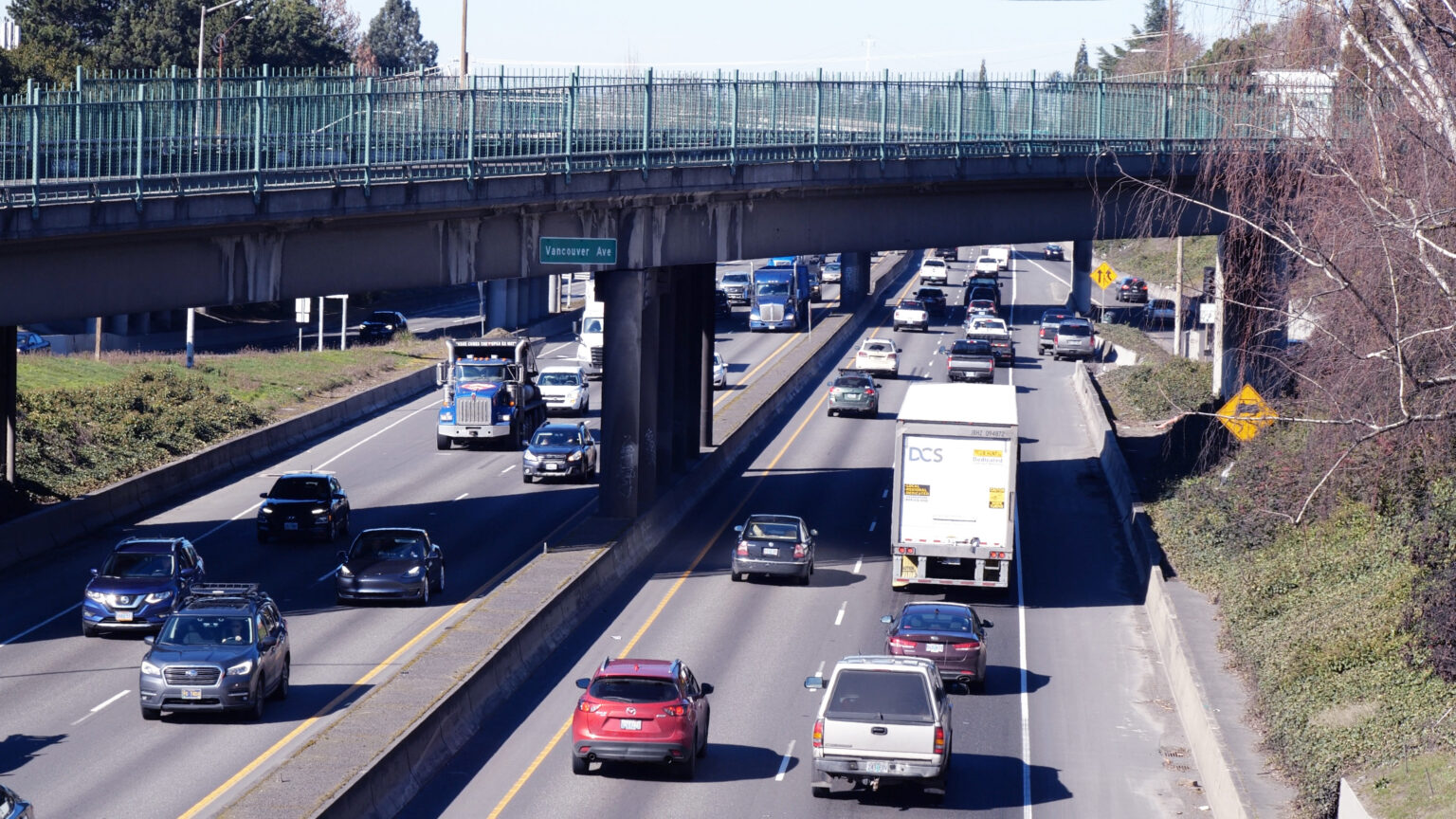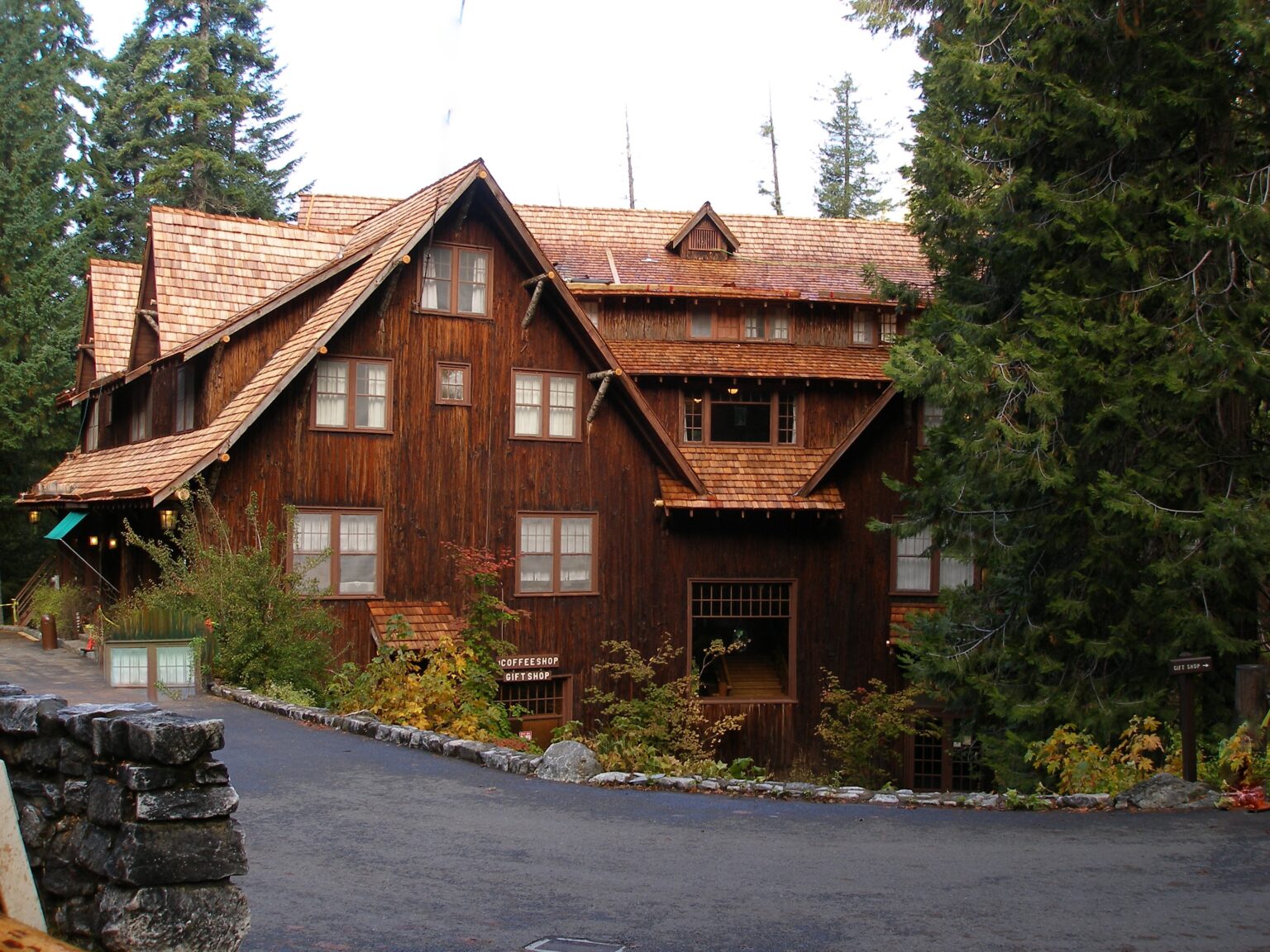Opinion: Rail is an economic development strength for Oregon
Published 10:51 am Tuesday, December 5, 2023

- Rep. Kevin Mannix
“Fixing the darn potholes” is a common cause in local politics—one that has motivated many officials to get involved in the first place. The state of our infrastructure, from potholes to broadband access, has an outsize impact on citizens’ daily lives.
Economic development also hinges on transportation connectivity, the pillar upon which Oregon industries do business.
To this end, a focus of mine has been working with regional partners and my colleagues in the Legislature to explore how we can add a new river crossing in the mid-Willamette Valley to enable commerce and reduce congestion. It is also encouraging to see the announcement last month that Oregon will receive $750 million in federal funds in 2024 for necessary fixes to roads, bridges, and tunnels.
Railways are another critical piece of infrastructure that feeds our smart growth potential. Oregon has 22 railroads, including two large “Class I” operators and 20 smaller regional and “short lines.” In Salem specifically we have Union Pacific’s major north-south line through the state as well as the Portland & Western.
We know that businesses value rail connections because they help lower costs. And we know that communities value fewer trucks on roadways, less infrastructure wear and tear, and less pollution from freight transport. For example in 2021, 11.3 million tons of freight moved by rail, which is the equivalent of 630,000 truckloads, reducing Oregon’s GHG emissions by 2.5 million tons annually.
Importantly, railways are an economic corridor that Oregon taxpayers do not need to fund. The upkeep and expansion of rail networks is largely paid for by the railroads themselves, which together spend about $25 billion yearly on their infrastructure. This level of reinvestment outpaces the average U.S. manufacturer by a factor of six.
We have seen railroads become a focal point this year for safety discussions. It is an important conversation that impacts our communities— and it is one that should be had with full context. Trains are still the safest way to haul freight on land and the rail safety record is anything but stagnant, continuing to hit new achievements.
But when we know better, we do better. Rail companies should and seemingly are taking this to heart as they move forward, embracing advances from positive train control to automated track inspection. Automation will improve the accuracy and frequency of track defect detection — yet visual track inspections are still required under regulations from 1971.
To help on this front, policymakers can ensure that the regulations governing railroads allow for and keep pace with innovation. They should also avoid knee-jerk policymaking on rail safety that is not backed up by data. This is the kind of governing that leads to needless overregulation that drives up costs for shippers and consumers.
The mid-Willamette Valley is seeing growth on many fronts, from housing to logistics. We also know that, nationally, freight demand is expected to rise 30% by 2040. While we work together to address roadway challenges (from potholes to connectivity), I am hopeful that leaders at all levels of government will continue to recognize railroads as an economic strength for our communities.
Representative Kevin Mannix represents House District 21, which encompasses Keizer and north Salem.





